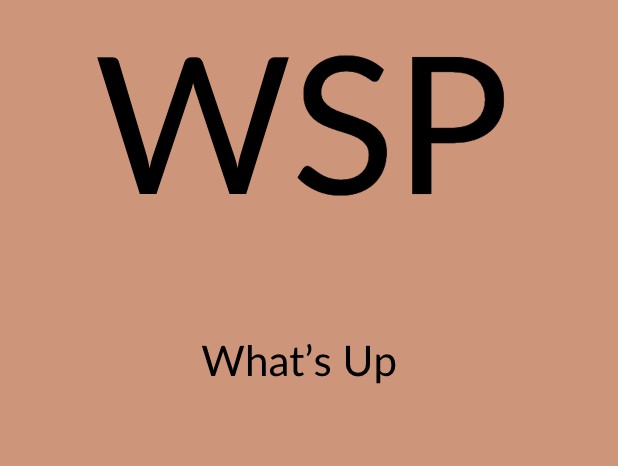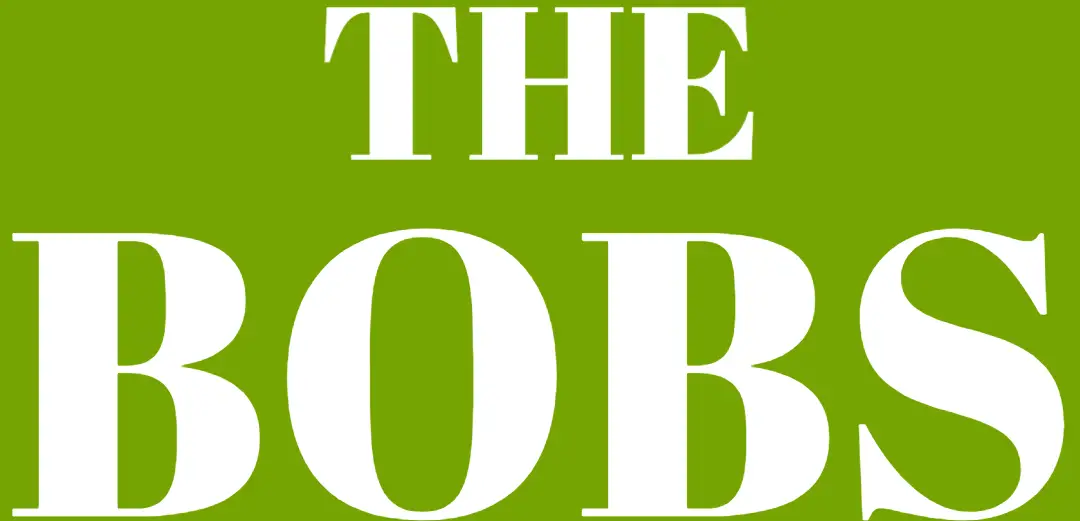WSP is short for “What’s up.” When you want to start a casual conversation with someone, you can say, “What’s up,” or shorter – WSP.
WSP is a popular acronym used in texts, messaging apps like Facebook Messenger, WhatsApp, and on social media platforms like Snapchat and Instagram.
WSP Origin
You may be confused about why WSP is the abbreviation of “What’s up.” You may think the right one should be WU because W is the first letter of What’s and U is the first letter of Up. But, why is WSP?
The answer is WS stands for What’s, and P refers to Up.
One possible explanation for “WSP” could be the influence of phonetics and ease of typing in informal communication.
In some dialects or informal speech, “What’s” may be pronounced more like “Wass” or “Wus,” especially in a fast or casual conversation.
Therefore, when abbreviating, people may choose letters that represent how the phrase sounds to them rather than adhering strictly to the first letter of each word. So, “What’s” can be simplified as WS.
There is also another explanation that the abbreviation “WSP” for “What’s up” comes from the popular Budweiser Beer campaign in 1999 that used “wassup” repeatedly. This ad became viral, making “wassup” a common slang, which led to the abbreviation “WSP” as a shorter form of this phrase.

How to Use WSP?
WSP is a very casual, informal term typically used in texting or casual digital communications.
You can use it when you want to know what’s new in your friends’ lives. You can also use it simply as a conversation starter. Some people even use it when reaching out to someone they don’t talk very often. WSP sounds casual yet neutral, which makes it perfect for initiating a conversation in a subtle way.
Its casual nature also indicates it may not be appropriate to use in professional settings and formal situations.
Here are two of its common uses:
1. Greetings and Asking Current Status
WSP is a casual and friendly way to initiate a conversation, especially if you haven’t been in touch with someone for a while. It’s a casual way to say hi and catch up without making the other person feel obligated to share detailed updates about their life unless they want to.
Here’s how you can use WSP in this context:
Example 1: Reaching Out to an Old Friend
- You: “Hey! Long time no see. WSP?”
- Friend: “Hey! Not much, just been keeping busy with work. How about you?”
- You: “Pretty much the same. We should catch up soon!”
Example 2: Starting a Conversation with a Casual Acquaintance
- You: “WSP? Haven’t seen you around in a while.”
- Acquaintance: “Yeah, been a bit wrapped up with family stuff. WSP with you?”
- You: “All good on my end. Just enjoying the weekend.”
In both examples, “WSP” is used as a friendly, informal greeting. It opens up the floor for a conversation but doesn’t press for detailed information unless the other person is interested in sharing.
It’s an easy way to let the other person know you’re thinking of them and are open to chatting without placing any pressure on them to talk a lot or share more than they’re comfortable with.
2. When Confused About Something
WSP can also be a light-hearted way to express confusion or to ask for clarification about a topic or situation. It’s a softer, more casual approach that keeps the mood light while still seeking information.
Example 1: Clarifying Plans
- You: “Just got to the cafe. WSP? Thought we were meeting here today.”
- Friend: “Oh no, my bad! I meant next Saturday. Sorry for the mix-up!”
- You: “No worries, got myself a coffee. See you next Saturday then!”
In this example, WSP acts as a gentle prompt for explanation, keeping the conversation casual and avoiding any potential confrontation or awkwardness that may arise from misunderstanding.
It shows that you’re seeking clarity without attributing blame or creating tension, which is especially useful in maintaining a positive tone during text-based communications where tone can often be misinterpreted.
Example 2: Understanding a Sudden Change
- You: “Hey, noticed you left the group chat suddenly. WSP?”
- Friend: “Ah, yeah, needed a break from social media for a bit. Nothing personal!”
- You: “Understandable, hope you’re doing okay. If you need to chat, I’m here.”
In situations like this, WSP signals your interest and care for the other person, which allows them to share news or changes in their life at their comfort level.
It’s a convenient and considerate way to bridge communication gaps and ensure everyone is on the same page without diving too deeply into personal details unless invited to.
This approach is especially valuable in maintaining respect for personal boundaries while also expressing genuine curiosity or concern.
How to Respond to WSP
When someone texts you WSP, a simple reply like “not much” or “nothing much” works well.
As you have known WSP is just a quick way to say “What’s up?” and is often used as a friendly way to start a chat. It’s meant to be casual, so you can just share what you’re up to or any plans you have. It’s not meant to be taken too seriously.
So, if you’re not doing much, you can say so and maybe ask them what they’ve been up to. Any kind of reply that kicks off a conversation is great.
Example:
- Friend: “WSP?”
- You: “Not much, just chilling at home. How about you?”
- Friend: “Same here, was thinking about watching a movie later.”
- You: “Oh cool! Any movie in mind?”
- Friend: “Not sure yet, maybe something action-packed. Got any recommendations?”
- You: “Yeah, definitely! Have you seen “The Matrix”? It’s a classic.”
- Friend: “Oh, I haven’t seen that in ages. Sounds like a good pick. Thanks!”
- You: “No problem! Let me know how you like it after watching.”
This example showcases a casual and friendly exchange that kicks off with “WSP?” and naturally flows into a conversation about watching a movie.
WSP Other Meanings
WSP can also mean several other things, some of which you probably won’t ever need to mention in your conversation. Still, it is worth knowing these other meanings, just in case:
- What’s the Plan?
- Web Service Provider
- Wireless Session Protocol
- Widespread Panic (band)
- Washington Square Park
- What’s Popping – A slang expression used to as “what’s going on” in a more casual and quirky manner
- White Skin Privilege – a phrase describing the privileged position of white people in the society
Alternatives and Variations
Since “what’s up” is so popular, it makes no wonder that its acronym, WSP, has many alternatives:
- Hi
- Hello
- Good day
- HRU – How Are You
- HAY – also How Are You
- zup – short for what’s up
- sup – short for what’s up
- HWU – Hey What’s Up
- howdy
- WYD – what you doing
- WUU2 – what you up to
- WUBU2 – what you been up to
- YT – you there?
- How are you?
- How’s it going?
- How is everything?
Conclusion
WSP means “what’s up,” one of the most common slang phrases and casual conversation starters. People often use it to catch up with someone they haven’t talked to for a while or when they’re puzzled about something.






